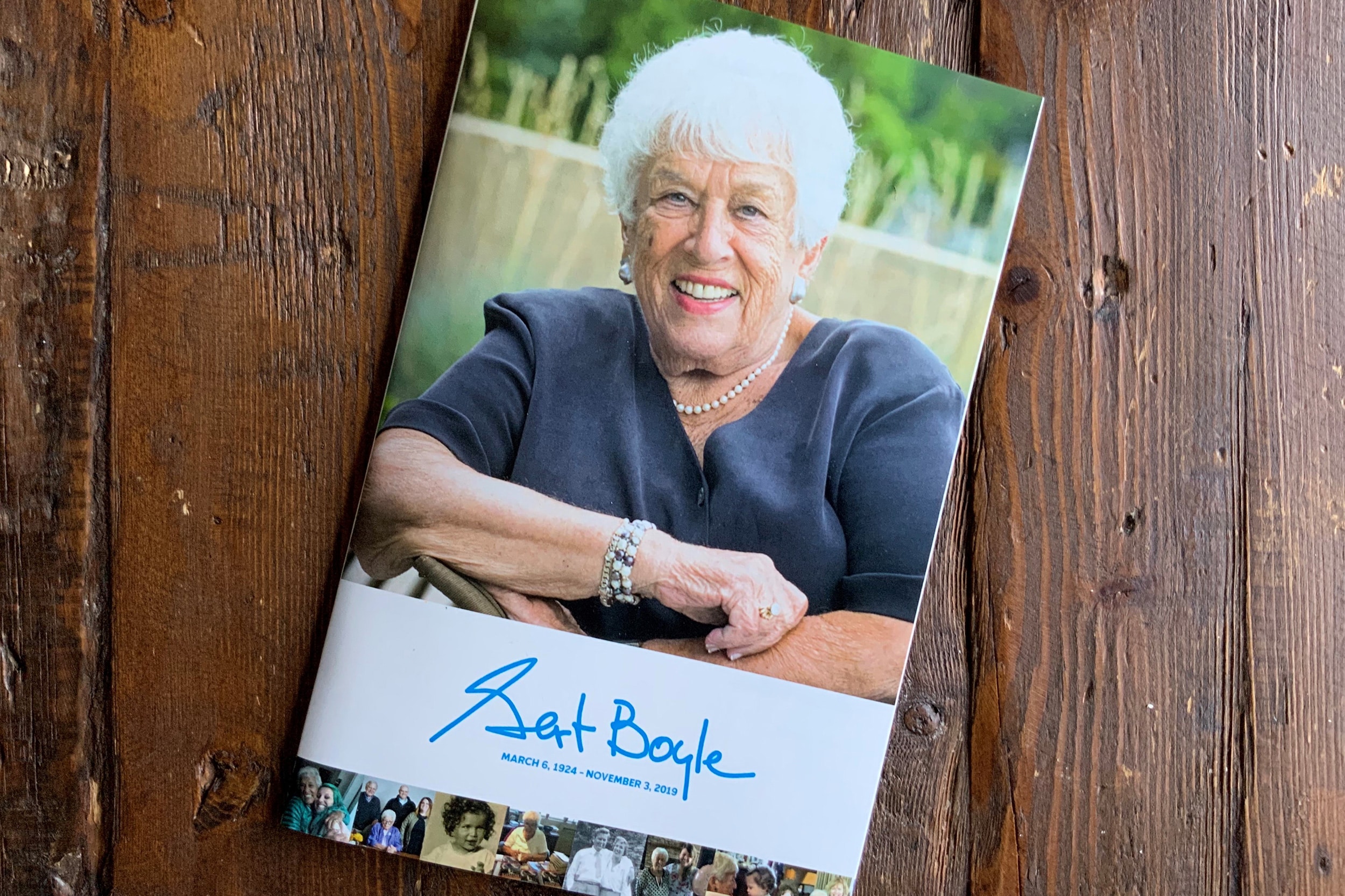We had a vision of starting a charitable event in 2020, but we moved our timeline forward by a year after learning that my friend’s dad was diagnosed with Alzheimer’s. In less than six months from hearing the news, we organized a fundraiser that hosted more than 80 guests and raised over $10,000. This was the first year of Solstice Sip, an event that we plan to grow year over year.
This article outlines the process that we used in hopes of providing a framework that will allow others to start a fundraiser of their own. Cheers to giving all you can!
1. Pick Your Cause
You have options. You can either develop a campaign (e.g. raise money to purchase school supplies for homeless children or any effort that you personally manage) or you can partner with one of the countless groups and organizations that are pre-existing. The benefit of partnering with a pre-existing group is that they will do some of the heavy lifting for you.
They can likely help with marketing material and communication templates, event tips and organization, online portal access for donation tracking, and 501c3 designation to provide tax deductible eligibility for your donors.
Even if you have plans to breakout on your own in the future, you might consider starting with a third-party organization to capitalize on some of the extra support initially. It is important to understand that third parties often have expenses to cover, so we recommend doing your research on those costs before committing to support.
2. Figure Out How You Will Raise Money (Event Type)
You have an open canvas when it comes to raising money and others who have painted pictures before you. Do you want to plan a walk/run? Do you want to focus on a hobby? How about an online social media campaign? Any interest in throwing a party? Regardless of your interest, you can plan an event that places charity at its core.
Throw an event that you will enjoy hosting as it will make the planning process easier and more sustainable. You can also take an existing tradition and add a charitable layer. Our friend had previously hosted an annual rafting event. Instead of launching a new fundraiser she decided to incorporate a charitable component by working with the rafting company and adding a social media awareness campaign. It will be the same event with the same guests, but now with a charitable twist—and her guests love it!
3. Determine the Location and Size of Your Event
If your fundraiser includes an event, you will need to secure a venue. Keep in mind that most venues have a specific capacity and rental fee. Consider starting small or using a public park or someone’s home to reduce expenses if possible. The cost of a venue—especially in an event’s first year—can hinder fundraising efforts due to the significant cost associated with renting a venue. Try to find a location that is free or donated for your first year.
Once you have an idea of how many people will attend and how much money will be raised, it will be easier to determine an appropriate venue for future events.
4. Invite Sponsors
Throwing a fundraiser can be expensive. Food, beverage, decorations, transportation and other small items will add up quickly. To reduce these costs, consider involving local sponsors.
Companies want to create brand awareness. Traditional marketing can also be expensive. If you are able to provide a marketing component for your sponsors, you should be able to reduce your event costs. Reducing these costs will enable you to donate more!
Marketing opportunities might include: social media highlights, including them on all guest correspondence, branded event handouts, raffle or auction items, post-event marketing, etc. Remember that it should be a win-win-win: for your cause, your guests and your sponsors.
5. Invite Guests
Although mailed invitations can be a fun way to invite your guests, consider using an electronic option such as Evite. Not only will electronic invitations save you on printing and postage, they will save you on the time that’s involved with managing guest responses and event communication.
Note: if you are marketing to a more professional audience, a traditional mailed invitation might be more effective.
Consider sending invites to your guests 4-6 weeks before the event. Send a reminder the week of the event as well.
6. Get Organized and Setup Your Donation Portal
When it comes to event organization, write down all of the tasks that need to take place before the event. Next, divide the tasks based on your timeline: more than 3 months before event, 2-3 months before event, month of event, week of event, day before the event, day-of event, after event. Divide the work and get to work.
You will also need to determine how you will collect monetary donations. If you are supporting a larger non-profit, they might have the system already established. Otherwise you will want to look into options for accessing credit card donations (both online and in-person, if applicable).
7. Think About the Small Details and Ask for Volunteers
If you want this event to live beyond its first year, you will want to be sure that your guests and sponsors have a good experience. Take the time to think about the fundraiser from their perspective. Try to answer any questions they might have in the initial invitation and event reminders.
Do an event walk through leading up to the event to be sure that details are covered. Sometimes you can provide guests with an event overview (program) upon arrival as well.
If necessary, coordinate volunteers to help carry the weight of the planning process and day-of activities (sponsorship, raffle items, event check-in, day-of runners, clean up, etc.). You will find that people love the idea of giving their time. You can also provide “free” participation at the event for a specific amount of volunteered time.
8. Implement a Social Media Campaign
Even if your fundraiser is an event, consider adding a social media campaign.
I spilled a bucket of citronella candle wax all over my deck in the days leading up to our first fundraiser. I shared the story in a Facebook post as a way to highlight the event. The post raised an additional $500 for the cause.
Sharing the fundraising effort on Social creates additional awareness and the awareness might just raise additional dollars for your cause.
9. Throw an Amazing Event
Throwing a fundraising event is much like a wedding: if the hosts are having a good time, so will your guests. Try your best to enjoy yourself. Take time to appreciate the hard work that you put into the coordination but don’t get wrapped up in the details of what went wrong.
Having volunteers to help with the day-of coordination and clean up will help to ensure you have time to enjoy yourself.
10. Event Follow Up
Take time to thank your guests and thank your sponsors. If there is an opportunity to highlight the event across social media and/or local media channels (newspaper, etc.), use the opportunity to showcase your success and sponsors’ involvement.
Take notes and recap your event in detail for reference next time. Write down everything that went well, needs improvement and needs to be removed from the plans for next year. Include as many details as possible to help set yourself up for the future.
How many invites did you extend? How many people RSVP’d? How many people attended? Also make note of how much food, beverage and supplies you used versus how much was left over. These types of details will allow you to more accurately plan for next year.
Lastly, keep track of how much you were able to raise so you can set realistic goals for the future. Share the impact with your guests. Encourage them to attend in the future or perhaps plan an event of their own.



